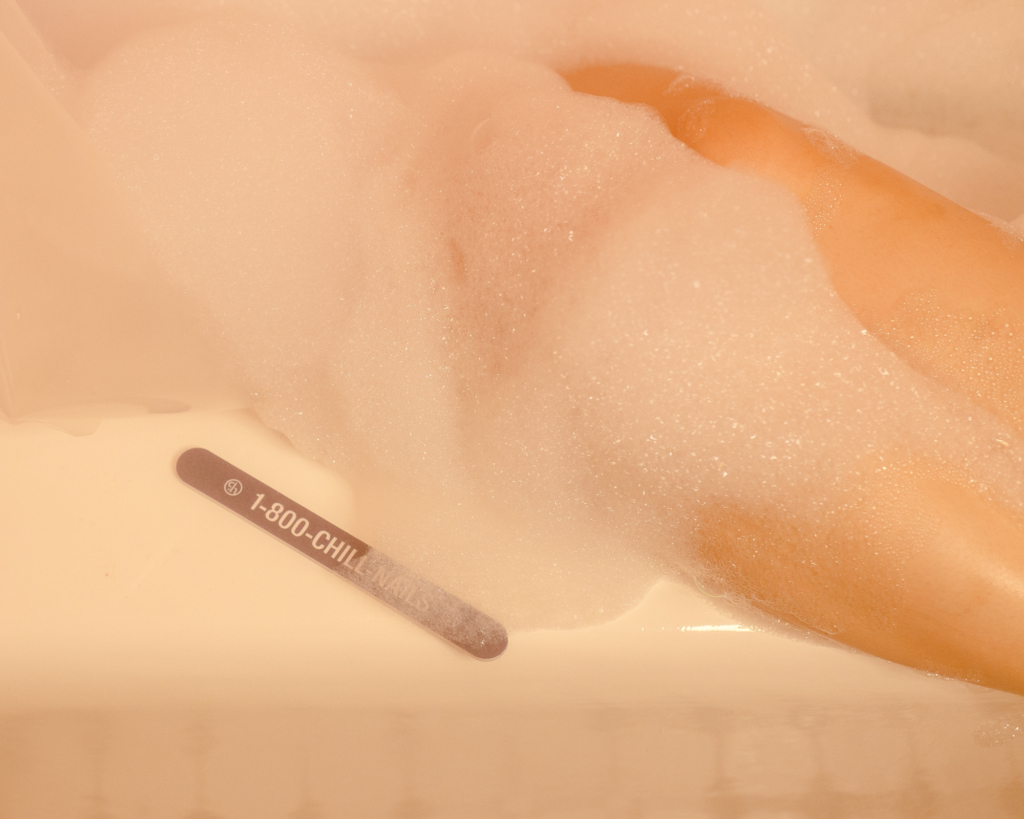
Extractions. They’re the one thing I really look forward to when getting a facial because, as you hopefully know, they cannot be done at home. Though many might try, both dermatologists and estheticians advise against attempting this level of skin treatment at home, and with good reason. To get you the answers you deserve, we tapped Chillhouse esthetician Tomas Glenn with our concerns.
What is an Extraction?
First thing first, what is an extraction? By definition, an extraction is the removal of sebum from the pore, with the use of physical manipulation, warm steam, and exfoliants, or a combo of all of the above. Extractions are one of the most effective ways of getting rid of stubborn blackheads and decongesting the skin, as they do more than any peels and exfoliants that can be purchased over the counter.
Why is it Dangerous to Do Your Own?
Without proper preparation and training, there is serious potential to damage your skin and your skin’s moisture barrier. In addition, you can unknowingly spread bacteria across your skin. Though it can be hard to tell when and if you’ve damaged the moisture barrier or spread bacteria, Tomas notes some more telltale signs of damage done. “Hyperpigmentation… is what I identify as the leading short term result of at-home extraction. For those with medium to thin, sensitive skin, broken capillaries are almost unavoidable when you extract at home.”
What Does an Esthetician Do Differently?
Frankly, it’s not that estheticians do it differently, but they’re actually trained to do these procedures. According to Tomas, “As Licensed Estheticians, we are trained to view all areas of concern and implement alternating techniques to provide the best professional results. The skills we use in treatment are learned with practice and time.” It’s no shade to you, but no number of at home tutorials can bring you the level of expertise an esthetician can.
How Do I Care for Professional Extractions?
After receiving extractions, it’s best to keep in mind that there are small wounds on the skin and must be treated properly. “Ensuring an antiseptic product [is used on the skin is key. Look out for] those infused with tea tree / salicylic acid / lavender [essential oil] “ and apply “[to] the extraction site” to ensure no infections occur. Tomas almost notes that “hydration and SPF protection” are essential following up. As he puts it, “Where you take away, you must also give back, or deal with the results of not. Fact of life!”
What About At-Home Devices?
Of course, there are many products out there that claim to give extraction level results without a trip to an esthetician. Tomas notes that “there are a variety of pore patches / products on the market that claim to extract. In [his] experience, they aid in reducing sebum production and some [do] have ingredients that calm the skin.” That being said, “there is no technology created that will replace the power of human hands.” Long story short: you can have at it with your pore strips and vacuums as they’re not necessarily damaging, but if you’re looking for professional results, it’s genuinely best to get a professional facial.
Want to learn more? Head to Chillhouse.com to read up and BOOK NOW.
–
Feature Image via Chillhouse

